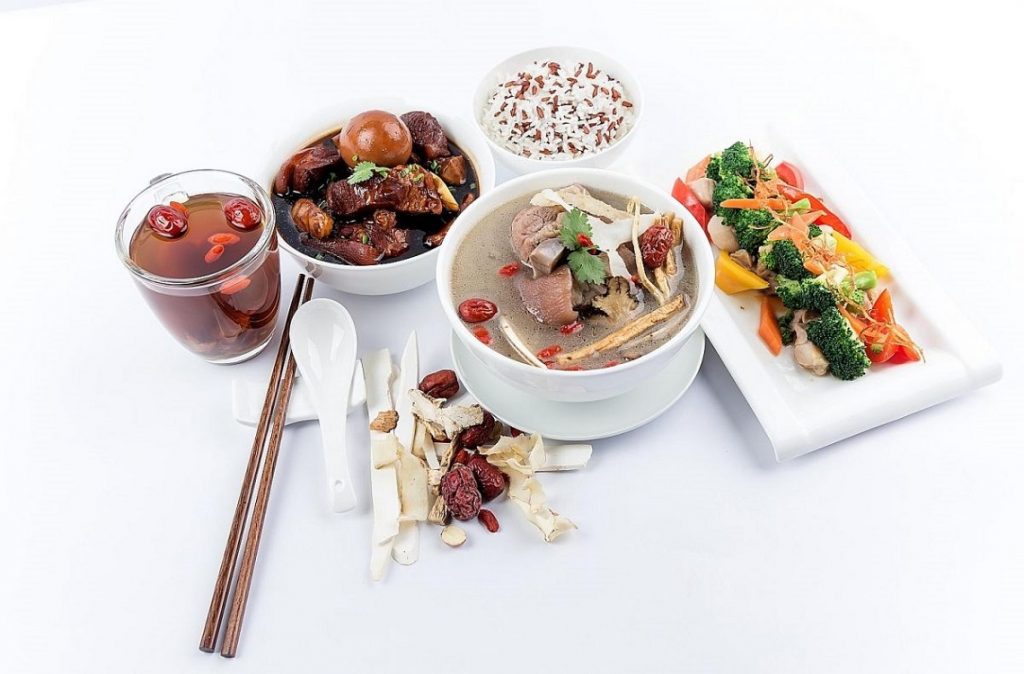Confinement period is when your body recovers and recuperate from childbirth. To Asians, the idea of confinement is familiar to them but foreign to Westerners. In the olden days, infant and maternal mortality rates were high and it was a practice to keep both baby and the mother indoors during the confinement period. This is to protect them from illness. But in this modern era, most of you may have been exposed some of the practices from your parents and some of you may or may not agree with them. Many of the practices are originated from Asian cultures and they possess no scientific basis at all. These practices too are believed to provide the mother with adequate rest and to help her replenish.
CONFINEMENT FOOD ACROSS VARIOUS CULTURES – CHINESE, MALAY, AND INDIAN
Chinese confinement food
(30 days)
Traditionally, they use a lot of ginger, wine and sesame oil in their diet. Common dishes include;
- Pigs’ trotters cooked with ginger and vinegar.
- Fish soup.
- Chicken cooked in sesame oil.
- A traditional tonic brewed from 10 herbs.
- Fish soup boiled with papaya is believed to be beneficial for milk production.
It is also recommended that plain water should be avoided during this period to reduce the risk of water retention. Instead, specially prepared drinks from a mixture of herbs and preserved dates are recommended.
Malay confinement food
(44 days)
During confinement, a woman follows a special diet; in which she is encouraged to eat warm foods and avoid cooling foods, in order to restore the balance upset by the birth of the baby. Besides that, some Malay women who have just delivered often take a special drink called “jamu”.
It is believed that the body’s pores are opened during labour and “jamu” has properties that can keep the body warm.
Indian confinement food
(40 days)
Indians take garlic milk to prevent “wind”. Like the Chinese and Malays, “cooling” foods are avoided, especially tomatoes, cucumbers, coconut milk, and mutton.
- Only chicken and shark fish cooked with herbs are allowed.
- Other seafood is not allowed.
- Chili is not allowed.
- Consuming plenty of garlic cooked without oil is encouraged.
- Cooking is done with sesame oil.
- The oral intake of herbs is encouraged to keep the body warm.
- There is a restriction on the intake of fluids/fruits/vegetables as well as cold drinks.
Source: Doctors at the Department of Obstetrics and Gynecology at KK Women’s and Children’s Hospital.
Parents, find more articles and useful information on Motherhood.com.my.
